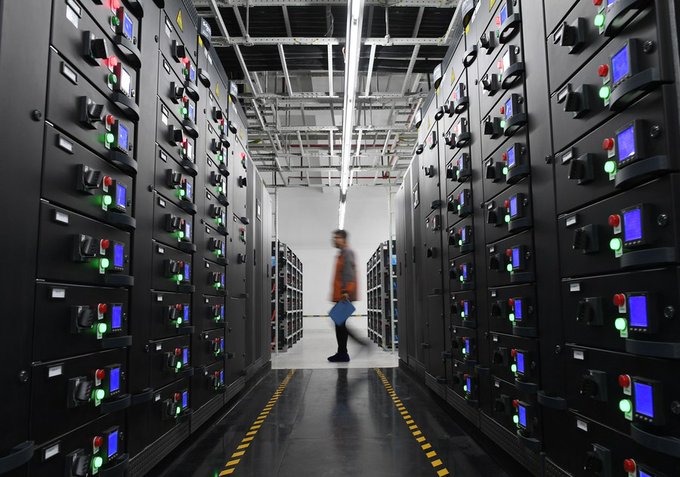Approaching the quantum limit in two-dimensional semiconductor contacts
Abstract
The development of next-generation electronics requires scaling of channel material thickness down to the two-dimensional limit while maintaining ultralow contact resistance
,
. Transition-metal dichalcogenides can sustain transistor scaling to the end of roadmap, but despite a myriad of efforts, the device performance remains contact-limited
,
,
,
,
,
,
,
,
,
. In particular, the contact resistance has not surpassed that of covalently bonded metal–semiconductor junctions owing to the intrinsic van der Waals gap, and the best contact technologies are facing stability issues
,
. Here we push the electrical contact of monolayer molybdenum disulfide close to the quantum limit by hybridization of energy bands with semi-metallic antimony (011¯2
) through strong van der Waals interactions. The contacts exhibit a low contact resistance of 42 ohm micrometres and excellent stability at 125 degrees Celsius. Owing to improved contacts, short-channel molybdenum disulfide transistors show current saturation under one-volt drain bias with an on-state current of 1.23 milliamperes per micrometre, an on/off ratio over 108 and an intrinsic delay of 74 femtoseconds. These performances outperformed equivalent silicon complementary metal–oxide–semiconductor technologies and satisfied the 2028 roadmap target. We further fabricate large-area device arrays and demonstrate low variability in contact resistance
, threshold voltage, subthreshold swing, on/off ratio, on-state current and transconductance
. The excellent electrical performance, stability and variability make antimony (011¯2) a promising contact technology for transition-metal-dichalcogenide-based electronics beyond silicon.





